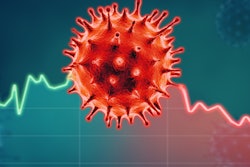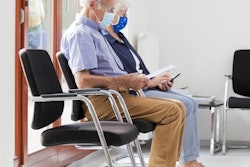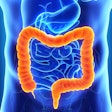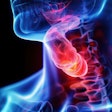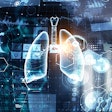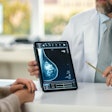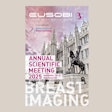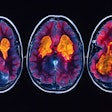
Many patients in England are still waiting six weeks or more for imaging and other diagnostic tests, but the figures for June represent a slight improvement on May, according to a report published on 13 August by National Health Service (NHS) England.
By the end of June 2020, 540,600 patients -- or 47.8% of those on NHS waiting list ‑‑ had waited at least six weeks from referral to undergoing a diagnostic test. The backlog for diagnostic testing is dramatically higher than June 2019, when only 3.8% of patients waited six weeks or longer. However, the percentage is lower than this May, when 58.5% of patients waited at least six weeks for testing.
"Chronic shortages of staff and modern scanners meant imaging teams were overstretched even before COVID-19 hit, and now they are not able to scan as many patients as they used to due to coronavirus infection control measures," stated Dr. Jeanette Dickson, president of the Royal College of Radiologists (RCR), in a press release on the findings.
The NHS set a goal of having fewer than 1% of patients wait six weeks or longer for a diagnostic test. The closest the system came to hitting that goal this year was in February, when 2.8% of patients experienced a long wait. However, that percentage surged in May and June as patients who delayed care due to the coronavirus pandemic returned to the system.
| Proportion of patients waiting 6+ weeks by diagnostic test type | |||
| June 2019 | June 2020 | Change | |
| Imaging | 2.5% | 40.7% | +38.2 |
| Endoscopy | 9.1% | 61.6% | +52.5 |
| Physiological measurement | 5.5% | 60.4% | +54.9 |
Although all types of diagnostic testing have experienced a surge in demand, the backlog is not as large for imaging as it is for other departments. Long waits for imaging patients rose by 38.2%, compared with 52.5% for endoscopy and 54.9% for physiological measurements.
Out of the imaging procedures, CT saw the smallest increase in the percentage of patients waiting six or more weeks, while echocardiography had the largest rise. At the same time, total test activity, meaning the number of diagnostic tests performed during the month, fell for all imaging modalities.
| NHS imaging statistics between June 2019 and June 2020 | ||||||
| Proportion of patients waiting 6+ weeks | Total test activity | |||||
| June 2019 | June 2020 | Change | June 2019 | June 2020 | Change | |
| CT | 3.2% | 36.2% | +33 | 515,007 | 449,234 | -12.8% |
| MRI | 3.1% | 39.5% | +36.4 | 302,649 | 198,416 | -34.4% |
| Nonobstetric ultrasound | 2% | 40.7% | +38.7 | 639,374 | 378,215 | -40.8% |
| Echocardiography | 7.4% | 52.6% | +45.2 | 135,275 | 82,663 | -38.9% |
The RCR noted that the percentage of patients waiting six or more weeks for MRI and CT fell from May to June, reflecting the hard work of hospital radiology teams. While the RCR applauded the efforts of hospital imaging staff, the organization also warned that it is nearly impossible for radiology departments to meet NHS England targets without sustained investment.
"To keep up with the ongoing demand for scans and reduce patient waiting times while working around COVID-19, NHS radiology needs more capacity, which will ultimately require central investment in imaging staff, scanning equipment and supporting IT," Dickson stated.





